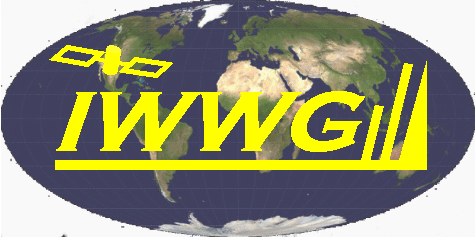Climate Data Record of Atmospheric Motion Vectors at EUMETSAT: Status and Perspective
Since the launch of its first generation of geostationary satellites, EUMETSAT has developed its own unique algorithms to derive atmospheric motion vectors (AMVs). These algorithms are providing real time AMVs using images acquired from instruments on-board both polar and geostationary satellites. These AMVs are routinely assimilated into weather forecast models. EUMETSAT has also archived all the images providing a suitable data source for climate research and allowing producing AMV climate data records (CDRs) over the entire period.
In the framework of the Copernicus Climate Change Service (C3S), a CDR from geostationary AMVs was produced, using the unique EUMETSAT algorithm adapted for climate purposes for first and second generation satellites and the complete series of MVIRI and SEVIRI images from Meteosat-2 to Meteosat-10.
Using the full resolution images (Local Area Coverage (LAC)) from the Advanced Very High Resolution Radiometer (AVHRR) on-board the polar orbiting Metop-A and -B satellites, a CDR was generated containing polar AMVs from single satellite retrieval and global AMVs from the combined A/B dual retrieval. An adaptation of the EUMETSAT retrieval algorithm to use Global Area Coverage (GAC) data also allowed retrieving polar AMVs from the entire series of 16 AVHRR instruments flying on the NOAA satellites since TIROS-N in 1978.
A PostgreSQL database was setup at EUMETSAT to allow a rapid and smooth validation of the data records also using other data sources such as model, radiosondes and MODIS AMV. All reprocessed AMV data records are suitable for usage in the coming reanalyses (e.g. ERA-6) and climate research.
This presentation will give an overview of the different data records, the validation and EUMETSAT’s plan for AMV reprocessing in the coming years.






